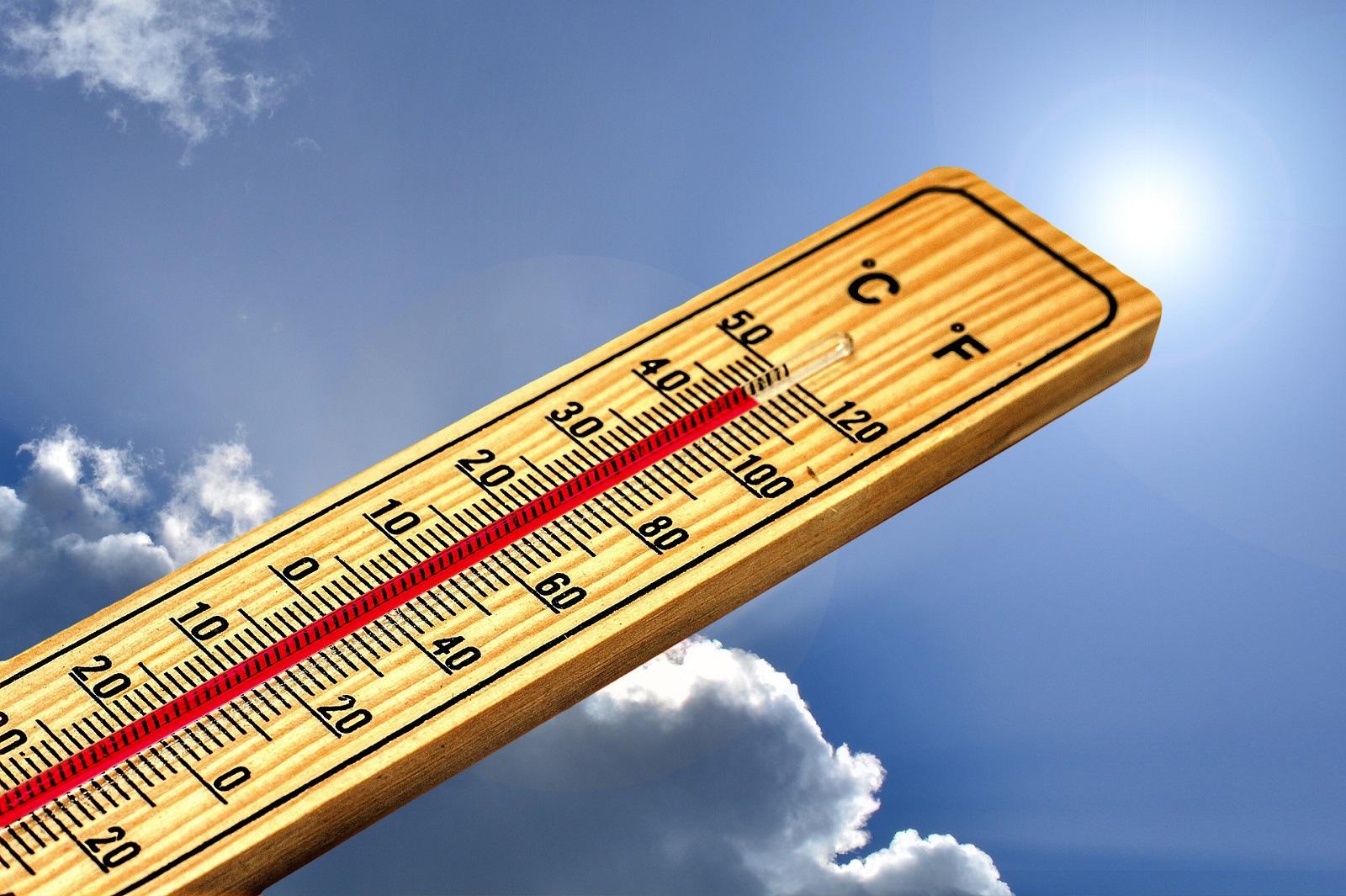Key points
- Degree Days (DD), also termed Growing Degree Days (GDD), measure how much warmth above a certain threshold has accumulated since the beginning of the year. Formulas are used to calculate DD values, which are based on the average temperature each day.
- This data is used to track how cumulative warmth contributes to insect development, which is highly dependent on temperature. The warmer the average temperature each day, the faster the increase in degree day values over time.
- Temperature accumulations are a more accurate predictor of insect maturation than calendar dates. This makes insect monitoring more efficient and management techniques more effective. DD measurements are an increasingly important tool as climate change impacts pest populations.
What are degree days?
- Degree Days are a measure of temperature accumulation over the course of the growing season, spring through autumn. The value resets to zero at the start of each year and only starts increasing once the average daily temperature exceeds a certain threshold, also referred to as the base temperature, which is often 50℉.
- The warmer the average temperature each day, the faster the increase in degree day values. The DD number is cumulative; it increases with each passing day.
Why are degree days important?
- Degree day tracking helps to accurately predict insect activity. Depending on calendar dates for pest monitoring and control is unreliable if temperature patterns trend above or below average, changing the pace of insect development. In the event of unusual weather, if you only use calendar benchmarks, you could miss the most effective (or only effective) pesticide application window.
- Some pests have a greater vulnerability to pesticides at specific points in their life cycle. Often, the targeted life cycle event will be an egg hatch or adult emergence, during which plant monitoring and treatment will help interrupt pest reproduction. This allows you to manage a pest outbreak before plant damage becomes evident, which is especially valuable when the host plant does not easily recuperate from insect feeding.
- Predicting when to expect a key developmental stage is critical in the timing of pesticide applications. By using degree day predictions for a specific pest, you can monitor when to expect peak vulnerability based on recent temperatures and can make preventative pesticide applications only when they will have the greatest impact. This both saves time and reduces pesticide use.
Examples of how to use degree day information
- Entomologists document degree day values for important stages in a pest insect’s life cycle. For example, the crawler emergence period for cottony camellia scale is expected to begin around 649 DD. When you see DD values for your area nearing this point (e.g., 600 DD) it’s time to start inspecting host plants for crawlers.
- Reported DD values for specific pests are meant to be guidelines for when action might be needed. Nuances of microclimate, even over small areas of a single plant or garden, result in varied DD accumulations. Do not use them to dictate the timing of pesticide use without also verifying a pest’s identity and that it is in the targeted developmental stage.
 English
English العربية
العربية Български
Български 简体中文
简体中文 繁體中文
繁體中文 Hrvatski
Hrvatski Čeština
Čeština Dansk
Dansk Nederlands
Nederlands Suomi
Suomi Français
Français Deutsch
Deutsch Ελληνικά
Ελληνικά हिन्दी
हिन्दी Italiano
Italiano 日本語
日本語 한국어
한국어 Norsk bokmål
Norsk bokmål Polski
Polski Português
Português Română
Română Русский
Русский Español
Español Svenska
Svenska Català
Català Filipino
Filipino עִבְרִית
עִבְרִית Bahasa Indonesia
Bahasa Indonesia Latviešu valoda
Latviešu valoda Lietuvių kalba
Lietuvių kalba Српски језик
Српски језик Slovenčina
Slovenčina Slovenščina
Slovenščina Українська
Українська Tiếng Việt
Tiếng Việt Shqip
Shqip Eesti
Eesti Galego
Galego Magyar
Magyar Maltese
Maltese ไทย
ไทย Türkçe
Türkçe فارسی
فارسی Afrikaans
Afrikaans Bahasa Melayu
Bahasa Melayu Kiswahili
Kiswahili Gaeilge
Gaeilge Cymraeg
Cymraeg Беларуская мова
Беларуская мова Íslenska
Íslenska Македонски јазик
Македонски јазик יידיש
יידיש Հայերեն
Հայերեն Azərbaycan dili
Azərbaycan dili Euskara
Euskara ქართული
ქართული Kreyol ayisyen
Kreyol ayisyen اردو
اردو বাংলা
বাংলা Bosanski
Bosanski Cebuano
Cebuano Esperanto
Esperanto ગુજરાતી
ગુજરાતી Harshen Hausa
Harshen Hausa Hmong
Hmong Igbo
Igbo Basa Jawa
Basa Jawa ಕನ್ನಡ
ಕನ್ನಡ ភាសាខ្មែរ
ភាសាខ្មែរ ພາສາລາວ
ພາສາລາວ Latin
Latin Te Reo Māori
Te Reo Māori मराठी
मराठी Монгол
Монгол नेपाली
नेपाली ਪੰਜਾਬੀ
ਪੰਜਾਬੀ Afsoomaali
Afsoomaali தமிழ்
தமிழ் తెలుగు
తెలుగు Yorùbá
Yorùbá Zulu
Zulu ဗမာစာ
ဗမာစာ Chichewa
Chichewa Қазақ тілі
Қазақ тілі Malagasy
Malagasy മലയാളം
മലയാളം සිංහල
සිංහල Sesotho
Sesotho Basa Sunda
Basa Sunda Тоҷикӣ
Тоҷикӣ O‘zbekcha
O‘zbekcha አማርኛ
አማርኛ Corsu
Corsu Ōlelo Hawaiʻi
Ōlelo Hawaiʻi كوردی
كوردی Кыргызча
Кыргызча Lëtzebuergesch
Lëtzebuergesch پښتو
پښتو Samoan
Samoan Gàidhlig
Gàidhlig Shona
Shona سنڌي
سنڌي Frysk
Frysk isiXhosa
isiXhosa

